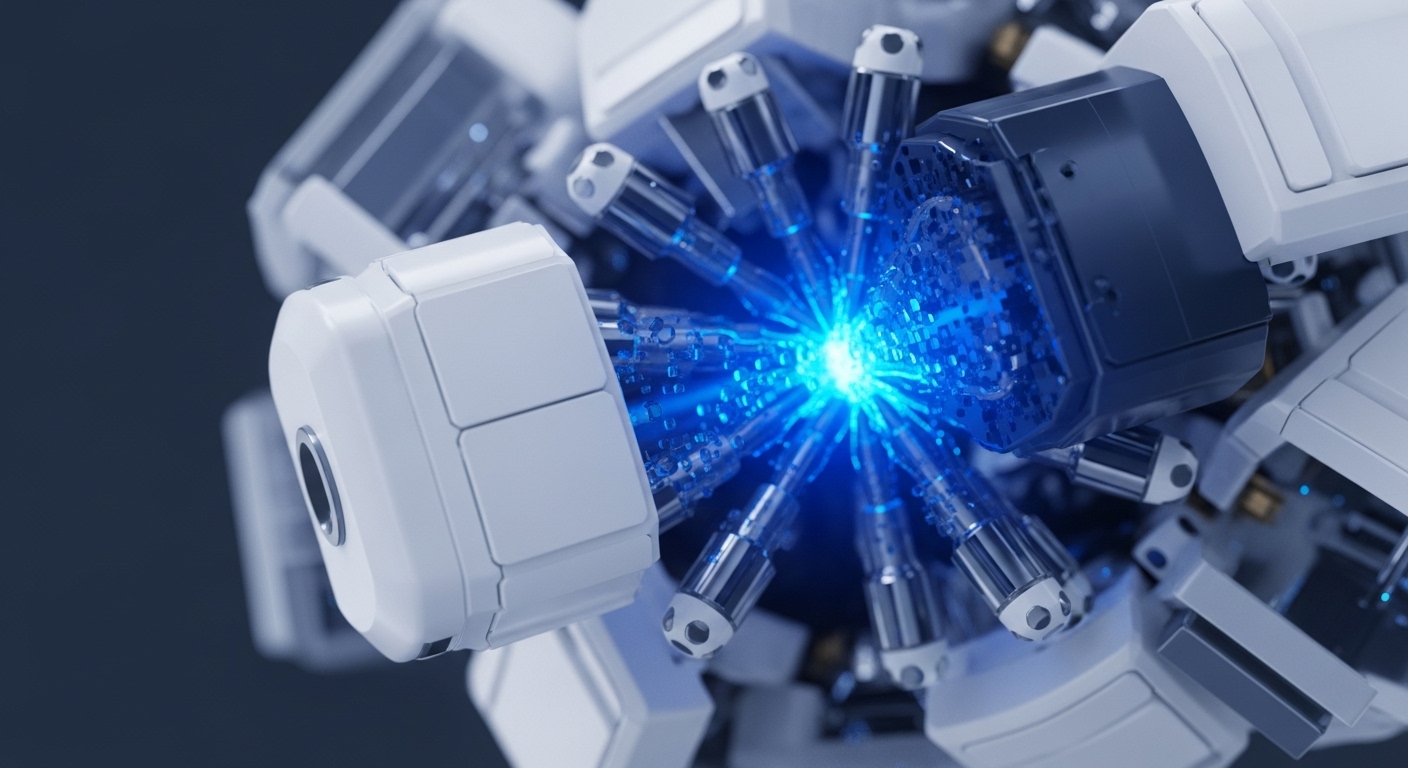Neuromorphic Consensus Leverages Neural Dynamics for Energy-Efficient, Scalable Blockchain Finality


Proof-of-Spiking-Neurons introduces a new consensus class, modeling block proposal as competitive neural firing to achieve BFT security with minimal overhead.
Neuromorphic Consensus Leverages Neural Dynamics for Scalable, Energy-Efficient Blockchain Finality


This new neuromorphic consensus, Proof-of-Spiking-Neurons, uses biological neural synchronization to enable parallel, energy-efficient, and highly scalable distributed systems.
